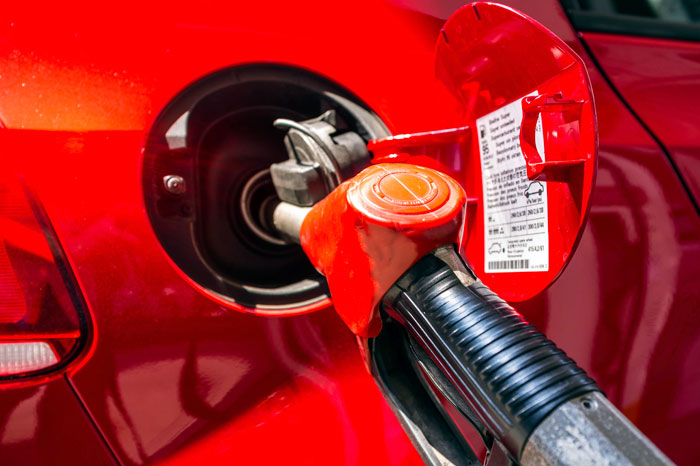 Do you have a driver’s license? Do you have a car?
Do you have a driver’s license? Do you have a car?
If both answers are ‘’yes’’, then you should definitely read this article. It’s proven that drivers around the globe usually do not know some basic facts about their car (their fuel tank capacity, for example) or they have problems with dealing unexpected situations (suddenly car stops, noise under the hood, etc). To prevent this from happening, you should inform yourself – search the internet, talk to your car’s seller, talk to other drivers etc. Other drivers can give you valuable information – who knows, maybe they’ve been in some situation you didn’t have. Their story will prepare you well if something similar happens to you.
But, Before We Start…
What if you fill your tank with the wrong fuel? I know, it sounds silly, but this is a typical rookie mistake. This can happen in two situations:
- Since you’ve got your car, you’re fueling it at the same gas station. It may happen that one morning you accidently take the wrong ‘’fuel handle’’ – you were thinking you know your station well.
- California has many gas stations, and different gas stations have different gas ‘’handles’’ positioned. This can also make you confused.
Please, be very careful with gas type you’re putting in your car. As you know, there are two types of gas: diesel and gasoline. And you just simply can’t mix up these two types (but still, caution is needed). When you go to buy a car, this is usually the first information you’ll get. If you put gasoline in a diesel car (or otherwise), you’ll cause serious failure (in the end you’ll probably need to replace the engine).
How Much Gas Should I Put In My Car?
This is a very frequently asked question. People want to know this because they need to calculate how many fill-ups they’ll need for a road trip, for example. You should find out what’s your gas tank capacity. This information can be seen in your owner’s manual. Another way to do this is to measure the size of your tank (with measuring tape), go online, enter information on one of numerous sites specialized for this and it will calculate the capacity for you. And the third way to find out your car’s capacity is to try to run out of fuel (near the gas station, if possible – California has many of them, so this should not be a problem for you), and then to fill your tank until there’s no more space for extra fuel.
Of course, your tank doesn’t always need to be full – how much gas you’ll put in your car is a very individual thing (and it depends on your needs). If you’re planning to go on a trip somewhere in California, you’ll probably need to fill your tank to the top (and if you’re going for a long trip, you’ll maybe need refilling). But, if you plan to use your car just for everyday drive around the city, your tank does not need to be full. Also, one tip – make sure that you always have a container with a liter or two of gas in your trunk (just to make sure you won’t run out of it in the middle of nowhere). So remember if you have a car running on gas be careful what kind and how much you put in it.



